Your daily dose of Product Management Goodness
Want to know more?
We would love to hear your questions and suggestions for topics you would like to see covered in our future blog posts, so don't be shy and get in touch!

Market Decline or Shift?
Does your Market Decline or Shift?
The ‘decline of the high-street’ has been regular news for the what seems like forever. Few weeks go by without another casualty hitting the headlines. Talking with a group who are dealing with this got me thinking - is it market decline or market shift? Take Blockbuster for example, they filed for bankruptcy, blaming a declining market. In reality, their market was larger than ever, it had just shifted towards the online & digital space.
So, what can we learn from this? Sure, some markets disappear, but most shift. And these shifts cause disruption that product managers can either embrace and take advantage of or ignore and find their products and services irrelevant.
Don’t get left behind by your market because of stubbornness or short-sighted, tactical thinking.
read more
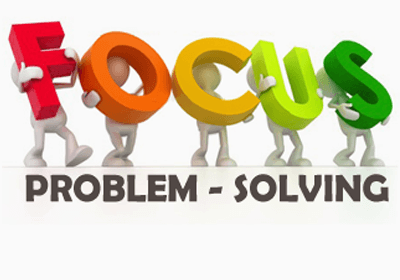
Product, Problem or Solution?
Product, Problem or Solution managers?
I was in conversation with some sales people yesterday and we got on to one of the regular hot topics - product managers talk too much about product. It can sound a little weird - surely a product manager should talk about the product? But too much product focus is wrong because customers don’t really buy products. Think of it like this; the old saying in sales that ‘people buy from people’ has a product management equivalent. “People don’t buy products they buy solutions to problems”. Help sales team sell by ensuring they have clarity on the issues that are front of mind for your customers rather than a dry list of features. Develop a problem and solution focus.
read more
Big Idea VS Small Idea
How should product management approach a big idea versus a small idea?
The answer is pretty simple; the process remains the same but the depth and detail is different. We assess, define and deliver all ideas, but we might do that work in a day or a week or a month depending on the scale, the effort, and the risk. And the business case? Its scale is appropriate to risk and reward - no management team wants a 100 page document for a trivial upgrade or a single paragraph when they’re taking a huge risk.
read more
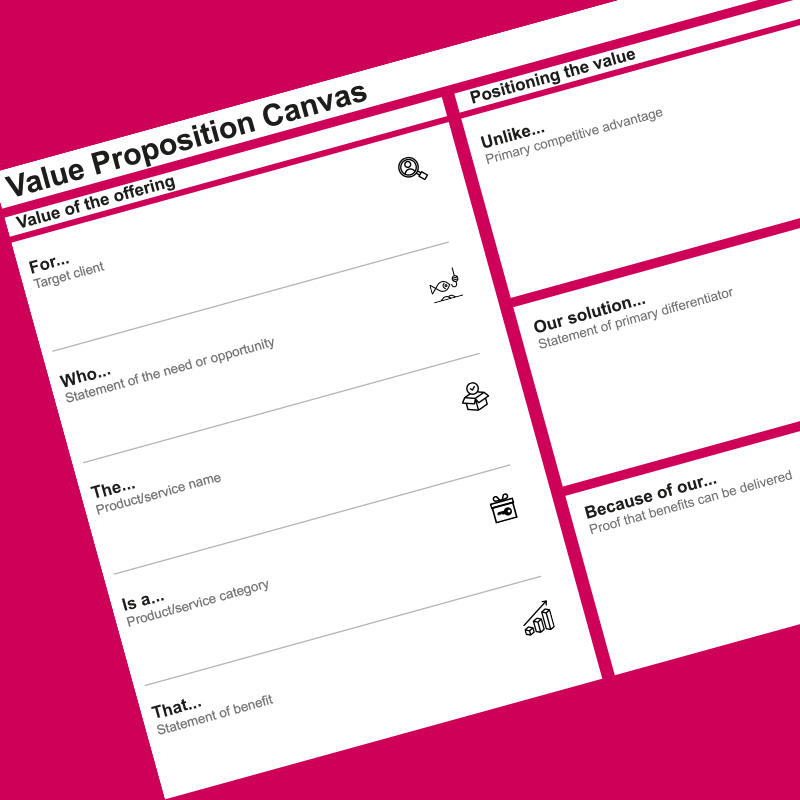
Value Proposition Canvas
Value Proposition
The value proposition template gives structure to statements about our products. It clarifies the value of the offering and then positions that value versus the competition. What’s not to like. Join us in training and practice using the Value Proposition Canvas.
read more
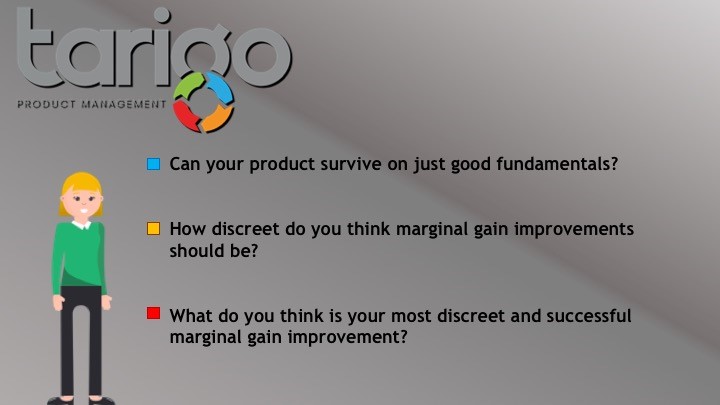
Marginal Gains
Here at Tarigo we love marginal gain we apply it to everything we do; our work lives and home lives. I am always telling stories to my students about this week’s marginal gain achievement. One of the impacts of living everything we do through marginal gain is I have become more positive about our achievements however small they are. So often we don’t recognise or notice the good changes, we focus on what’s going wrong, it’s just the way we live our lives. So, I am here to tell you sweat the small stuff (1% everyday). Then call it out! Acknowledge it!
read more
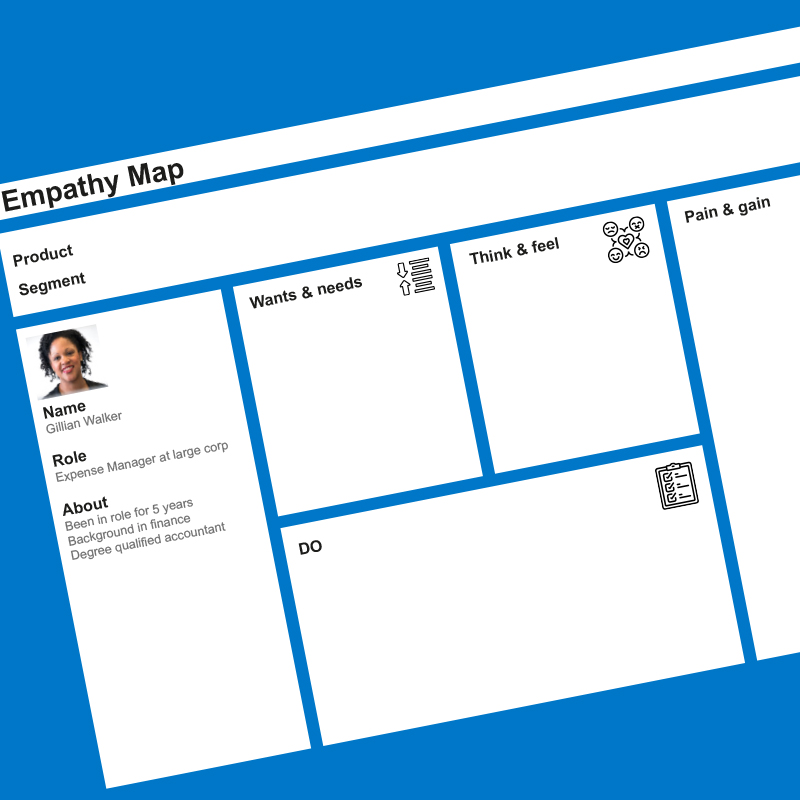
Empathy Map
Is Empathy Map is in your product toolbox?
In product we need to deeply understand our users, and help our colleagues understand them to. That’s where Empathy Maps come in, they are an awesome at a glance tool into who a user is and how they think and feel.
read more
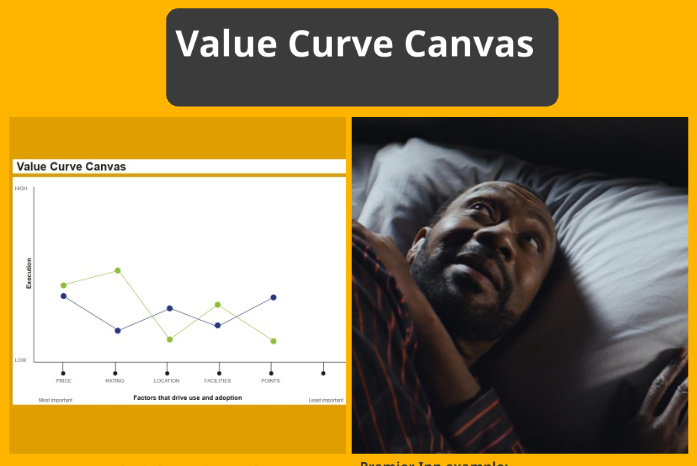
Value Curve Canvas
By using the Value Curve Canvas and identifying the factors that drove use and adoption of their hotels, Premier Inn understood that bed comfort ranked lowly. They embarked upon a strategy to increase awareness of their comfortable beds and have customers prize bed comfort more highly with national treasure Lenny Henry!
read more
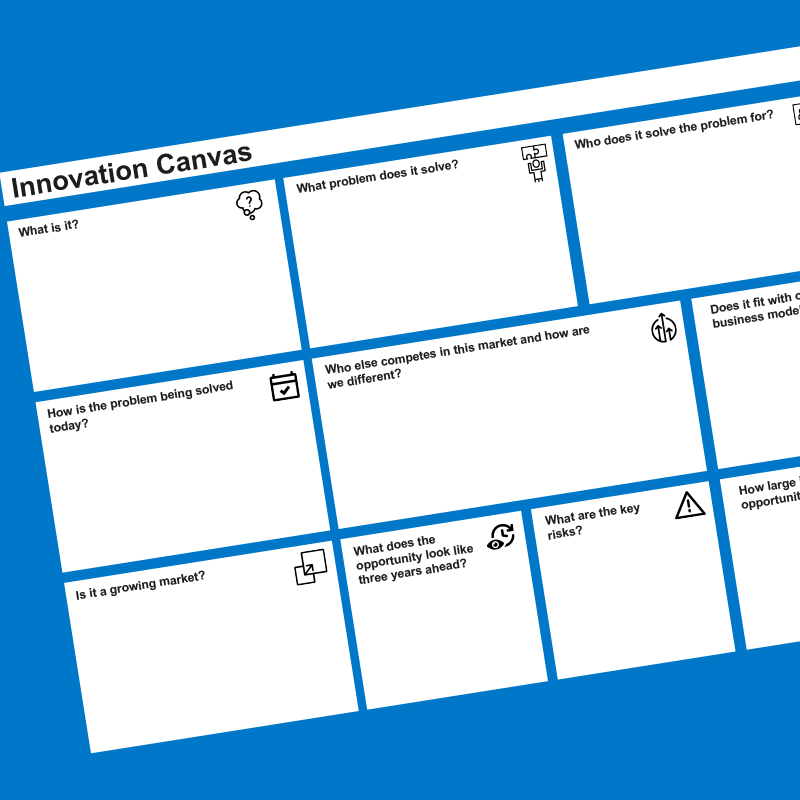
Innovation Canvas
Most product teams aren’t short of ideas, but they are short of a way of assessing new ideas quickly. Entrance the Innovation Canvas!
The Innovation Canvas is just 10 building blocks that enable us to visualize and analyze an idea. It saves time, energy and money and enables us to progress ideas that have potential and to say ‘no’ to ideas that have little or no value for our markets and customers.
Louise Cantrill
read more
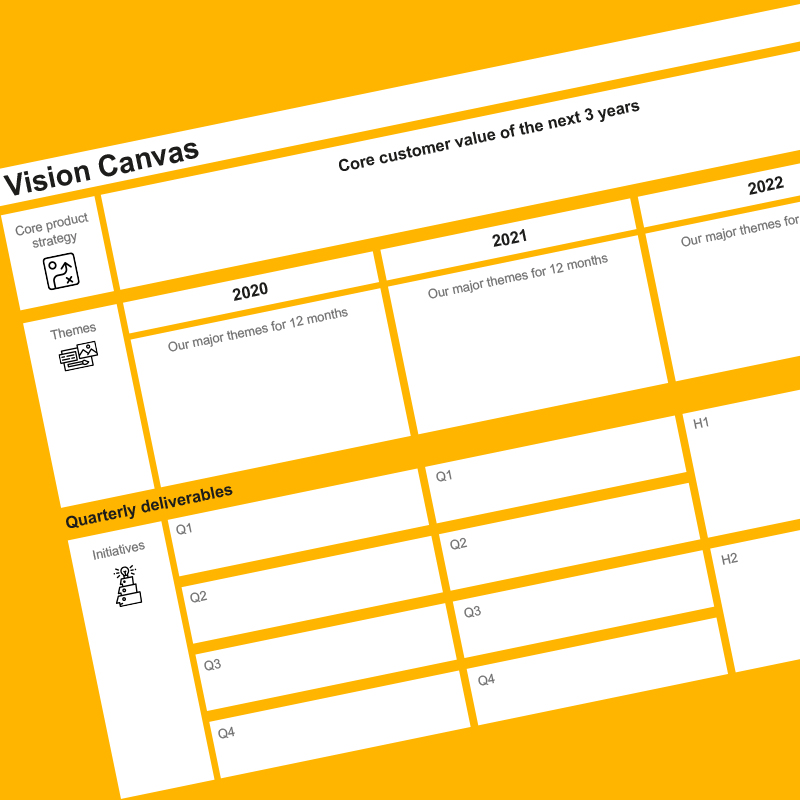
Vision Canvas
The product vision canvas is a template for presenting the summary vision, typically for leadership teams. We get more feedback from teams about how this one page canvas helps to unite teams behind the strategy, and vision than any of our other tools. It breaks the vision down into annual themes. Some teams look three years out, those in faster moving markets use a shorter planning horizon. Give it a go!
read more
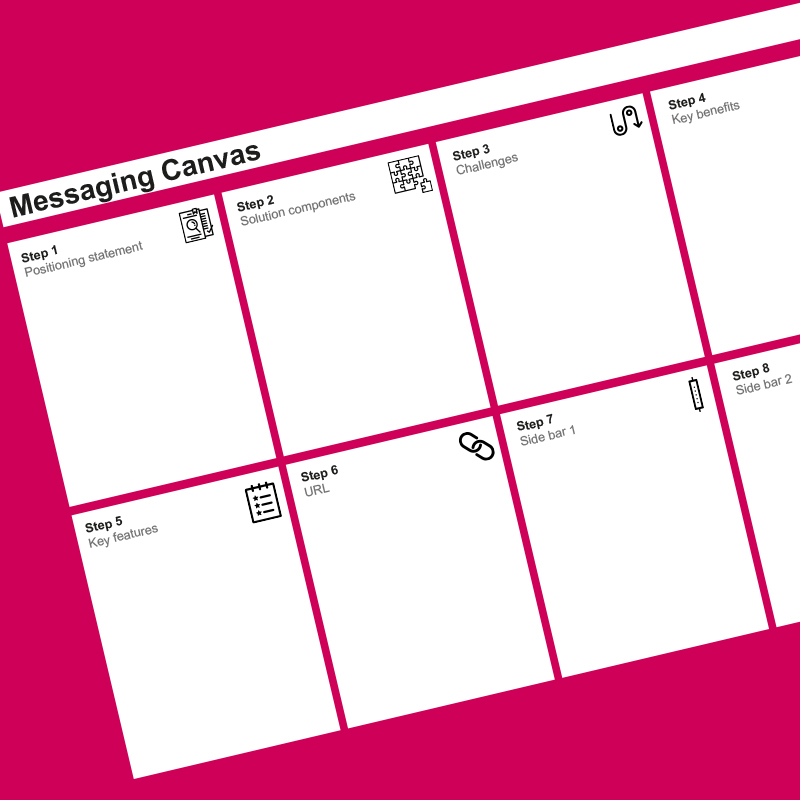
Messaging Canvas
This is one of my top tools in my product toolbox, its gives structure to the statements about our product and positions us versus our competitors. Want more tools of our Product trade? Come join us on training!
read more
Pick your talking points
The next major hurdle is the content – what do you want to talk to the team about? We often have complex product ideas to discuss and can quickly get lost as we try and explain them.
So, here’s a simple tip. Pick the three major points you want to talk about and focus on those. It will give your content some structure and direction.
For example, we might say “There’s lots we can talk about around this new product today, but the three major points I want to focus on are:
? Revenue is forecast for $10M by end of year
? New regulation presents a risk
? Two new features promise to lift us above the competition
So you’ve now let the team know why they’re there, what you need them to decide, how long you’ll present for and the major points you’ll cover. We’re under way, now let’s think about the core of the presentation
read more
Levels of Competition
I was talking to a team who describe their product as having “no competition”. Great news? Perhaps, but think about it like this.
We should think about levels of competition.
1. We might face products similar to ours from competitors that look a lot like us. These are direct competitive threats - think audi vs bmw vs mercedes.
2. Sometimes the competition is less obvious. Its other ways that our customers can solve the problem that we help them solve. These are indirect competitive threats – think car vs plane vs video conferencing
3. Occasionally we see our product having no competition. This sounds great, but we should be cautious. No competition might mean you’re first to market, but it might also mean that there really no market. Even being first to market isn’t without risk. History is littered with examples of products and businesses that got there first, but didn’t thrive – think Palm in the PDA market, the Betamax format in the video market or Atari in the games console market. All three were first to market. All three failed to capitalise on first mover advantage.
read more
Lifecycle Stages
Got this question from a product manager today “I understand the lifecycle model, but how do I know what stage of the lifecycle my product is at?” Here’s my 50,000 foot view:
You’re in the introductory phase if the majority of your target market has just about heard of your product, and a very small percentage would actually buy “What the hell is an autonomous car?”
You’re in the growth phase if the majority of you target market understands your product and think of it that might be something to consider whilst a significant minority want to buy “I’m going to take a look at the electric car”
You’re in the maturity phase if the majority of your market see your product as a normal choice “It’s either petrol or diesel for me”
You’re in the decline phase when the majority of your market think your product is old “You’re buying a horse!!”
read more
Art or science?
Is product management art or science?
I’m helping an organisation build out their product management team. We’ve looked at their needs, built a skills gap canvas and identified what they require in terms of hard skills. Even with all that in place, the stand out skill that I’m always looking for is an ability to balance art and science. You can describe this in a number of ways; creativity and structure, ingenuity and discipline. Great product managers have enough creativity to define a truly compelling proposition and enough structure to get a complex product to launch without dropping a major component. It’s a mix of skills that is makes the role pretty special and it’s difficult to find discipline and creativity in the same person
read more
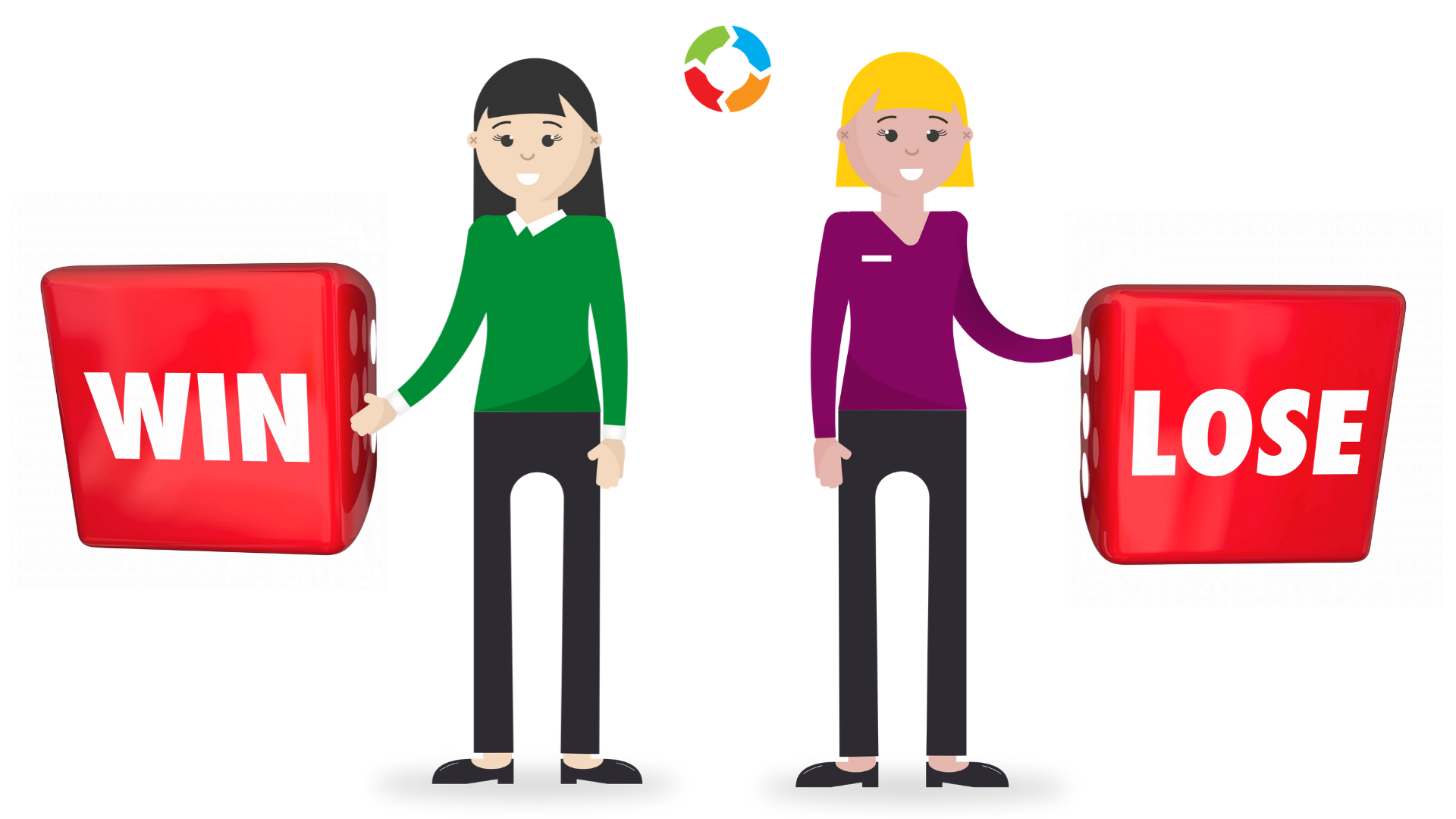
G.R.I.T.
How do you react to losing a deal?
I’ll admit that I react badly, but how should a Product Manager really react? We’ll deal with this using GRIT.
Grieve – In my opinion good losers tend to be infrequent winners so don’t feel bad about feeling bad. Go for a run, beat a punch bag, relax in a hot bath. Whatever your way of dealing with it, give yourself a bit of time to get it out of your system.
Research - Gather as much data as you can. Gather from all sources and gather without filter or preconception.
Identify - Work out what went wrong. It’s easy to make price or product assumptions, but discount nothing. I recall a deal lost years ago where we worked out that the customer had not even read our proposal. Be aware that the answer might be that the deal was never in your sights.
Translate - Make changes so that you don’t repeat the same mistakes. Remember the lesson of marginal gain - small changes can deliver significant results.
So I need to go and give my punch bag 30 minutes of hell.
read more
Check out the Archive